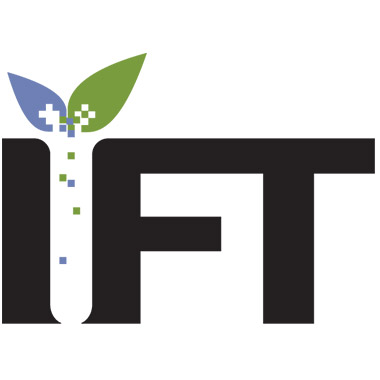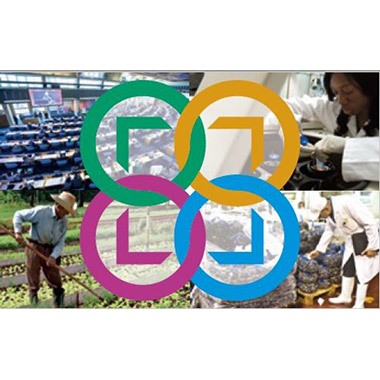The Institute of Food Technologists (IFT), a nonprofit scientific organization committed to advancing the science of food and its application across the global food system, has released a series of educational videos designed to help food companies better understand how the FDA’s Food Traceability Rule will impact their operations as well as provide guidance on compliance.
“Supply chains were built to move product, not data, so the new regulations are going to be an enormous challenge for those working in food areas identified as being the most potentially harmful to consumers, such as seafood and fruits and vegetables,” said Sara Bratager, Food Traceability & Food Safety Scientist at IFT.
The commodity-specific videos cover the key sections of the Food Safety Modernization Act (FSMA) Rule 204 for each of the foods listed on the FDA’s Food Traceability List.
The FDA’s traceability rule is meant to help facilitate more efficient recalls during a foodborne illness outbreak by requiring a more standardized approach to capturing and sharing product identification and movement data throughout the food chain. This will allow for quicker and more accurate tracking of potentially harmful products, reducing the impact of foodborne illness outbreaks on consumers. All products covered by the rule must be in compliance by January 20, 2026.
“After the announcement by the FDA in November 2022, many food companies were left wondering how the traceability rule would impact them. Now these companies are officially on the clock and must start preparing to be in compliance in less than three years. IFT has created these commodity-specific video to help them gain a better understanding of the road ahead and provide them with the knowledge and tools to help them on their traceability journey,” said IFT Chief Science and Technology Officer Bryan Hitchcock.
To view IFT’s commodity-specific Food Traceability Rule videos, click here.


















